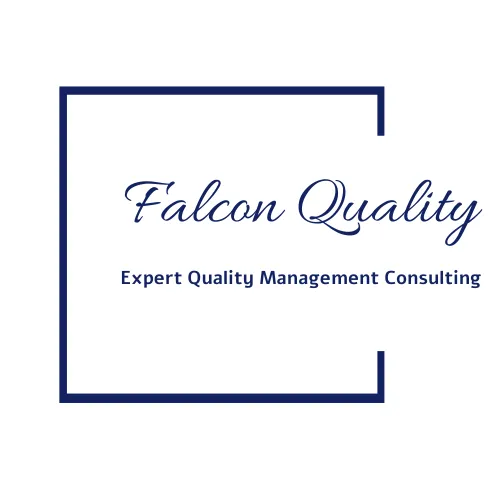
ISO9001 GAP Analysis Question 15 - Products and Services Risk Management and Customer Focus
To assess whether your quality management system (QMS) aligns with ISO 9001 section 5.1.2(b) and (c), you need to verify that you are identifying and addressing risks and opportunities that impact product and service quality, as well as consistently focusing on customer satisfaction. Here’s what to check to see if you’re compliant with these requirements.
1. Identifying Risks and Opportunities:
Start by reviewing how you identify risks and opportunities that could affect the quality of your products or services. You should have a structured process to assess potential risks, such as delays, supply chain issues, or quality control concerns, as well as opportunities that could improve customer satisfaction, like enhanced features or improved response times. Look for documented records, such as risk assessments, opportunity analyses, or SWOT (Strengths, Weaknesses, Opportunities, and Threats) analyses, that show you actively consider these factors. If you lack clear documentation of these risks and opportunities, this could indicate a gap in addressing them as required by the standard.
2. Addressing Risks and Opportunities:
After identifying risks and opportunities, it’s essential to have a plan for addressing them. Check if you have documented actions or procedures that outline how you mitigate risks (e.g., implementing quality checks, diversifying suppliers) and capitalize on opportunities (e.g., developing new service offerings or investing in employee training). Look for evidence such as action plans, contingency planning documents, or improvement initiatives linked to specific risks or opportunities. If these actions are undocumented or inconsistently applied, this could indicate that your system does not fully meet the requirements of section 5.1.2(b).
3. Maintaining a Focus on Customer Satisfaction:
Maintaining an ongoing focus on customer satisfaction is crucial for compliance with section 5.1.2(c). Check if you have a process in place to regularly collect, analyze, and act on customer feedback, as well as to monitor satisfaction trends over time. This might include customer surveys, complaint logs, feedback reviews, or satisfaction metrics tracked on an ongoing basis. Ensure there is a documented process for addressing customer concerns and improving services based on their feedback. If you don’t have a structured, proactive approach to monitoring and enhancing customer satisfaction, this could indicate a gap in maintaining customer focus.
4. Leadership Involvement in Customer Satisfaction:
Finally, evaluate whether top management is actively involved in promoting a focus on customer satisfaction. Look for evidence of management’s engagement in customer reviews, discussions of satisfaction metrics, or decisions that directly impact customer experience. If customer satisfaction isn’t a clear priority in leadership meetings or objectives, this could suggest that more leadership focus is needed to fully align with section 5.1.2(c).
By examining each of these areas, you can determine if your QMS currently meets the requirements of sections 5.1.2(b) and (c) or if there are areas where further improvements may be needed to comply fully with ISO 9001’s customer focus requirements.